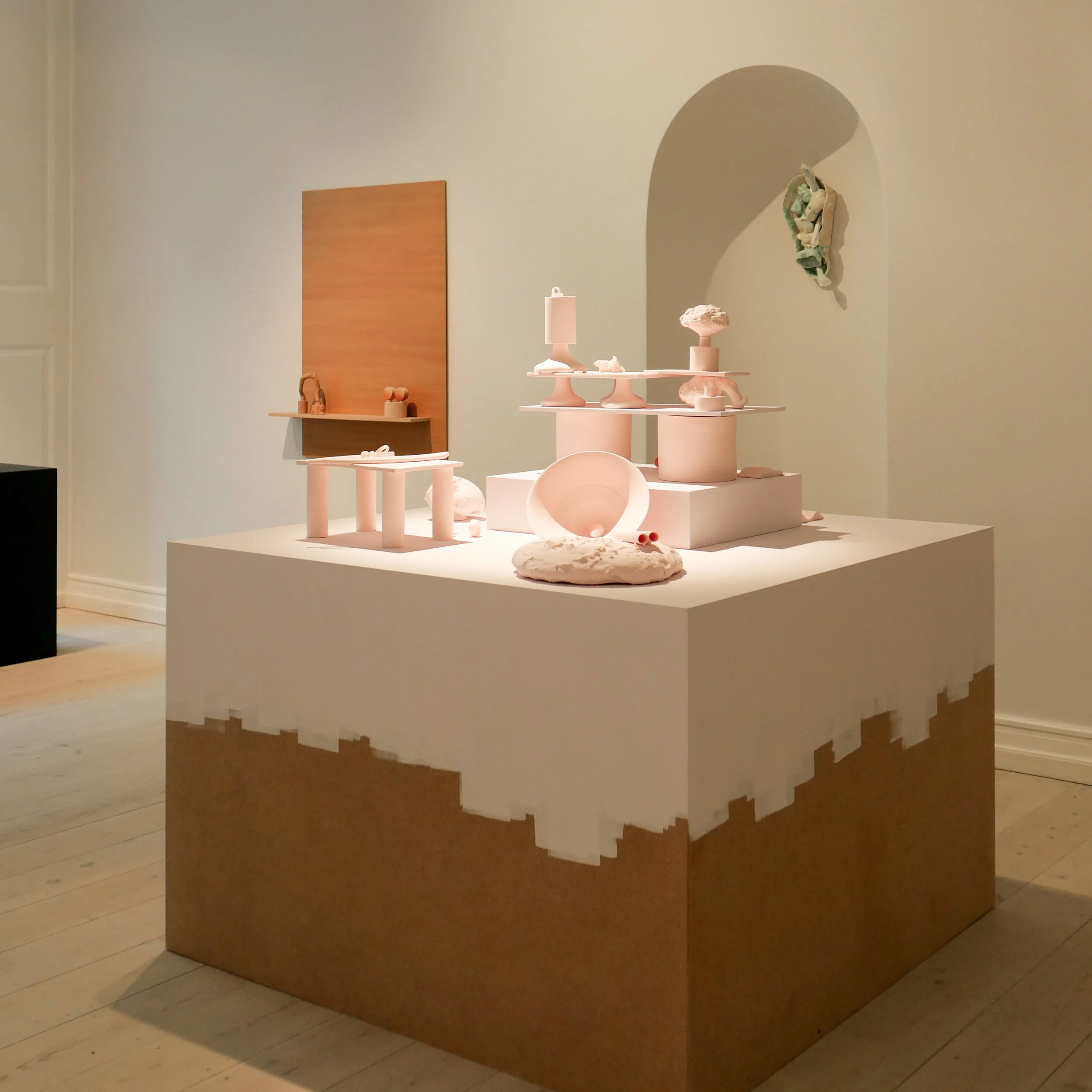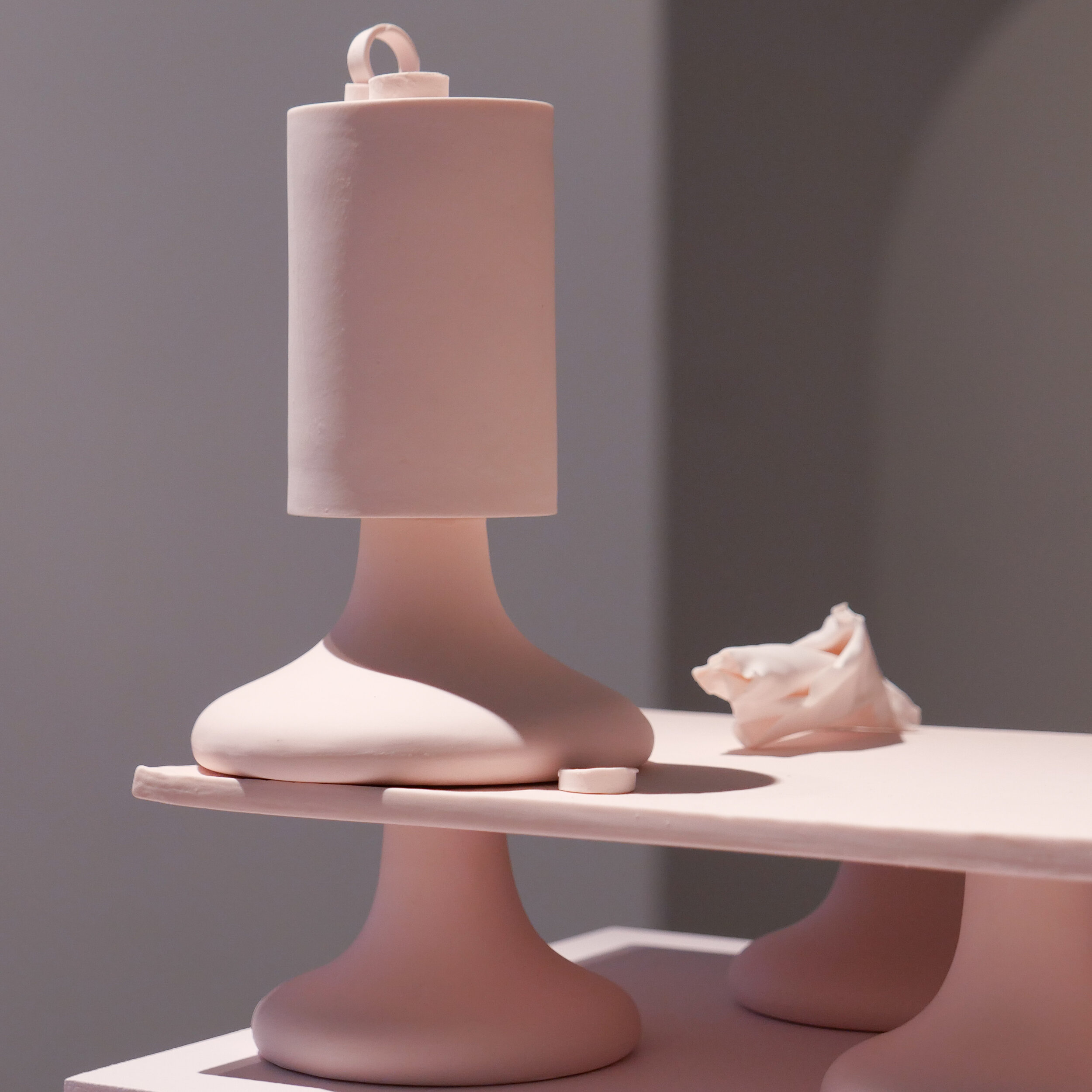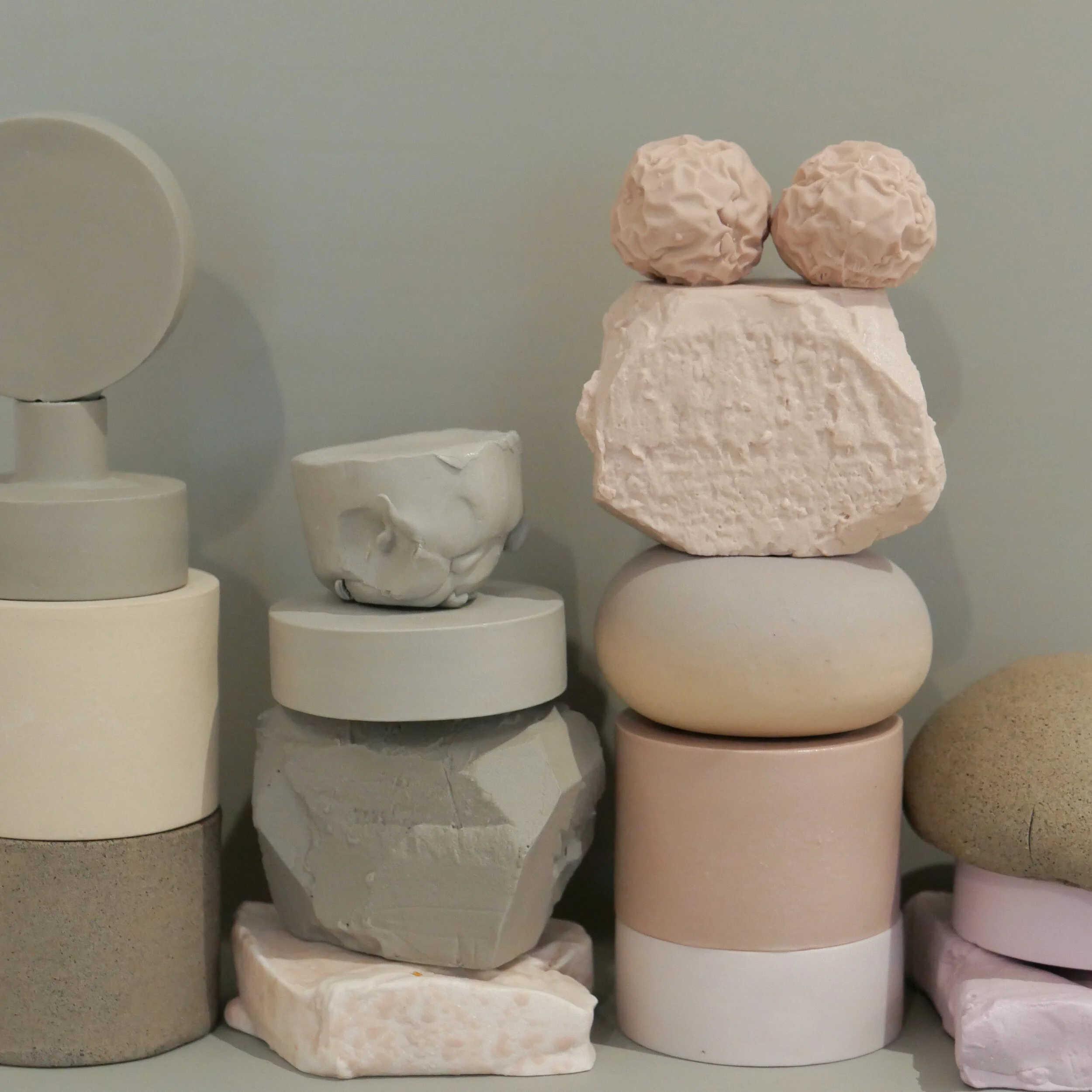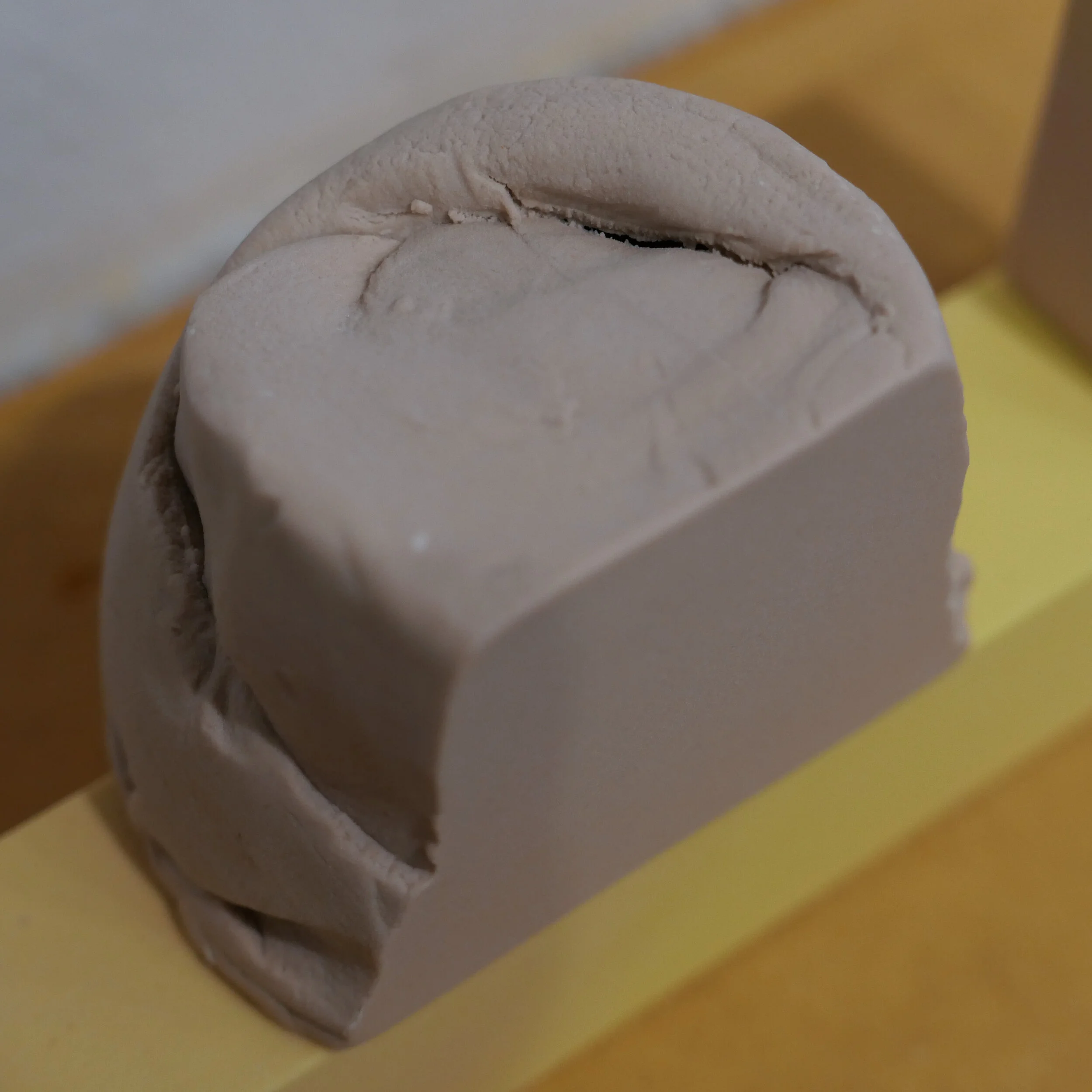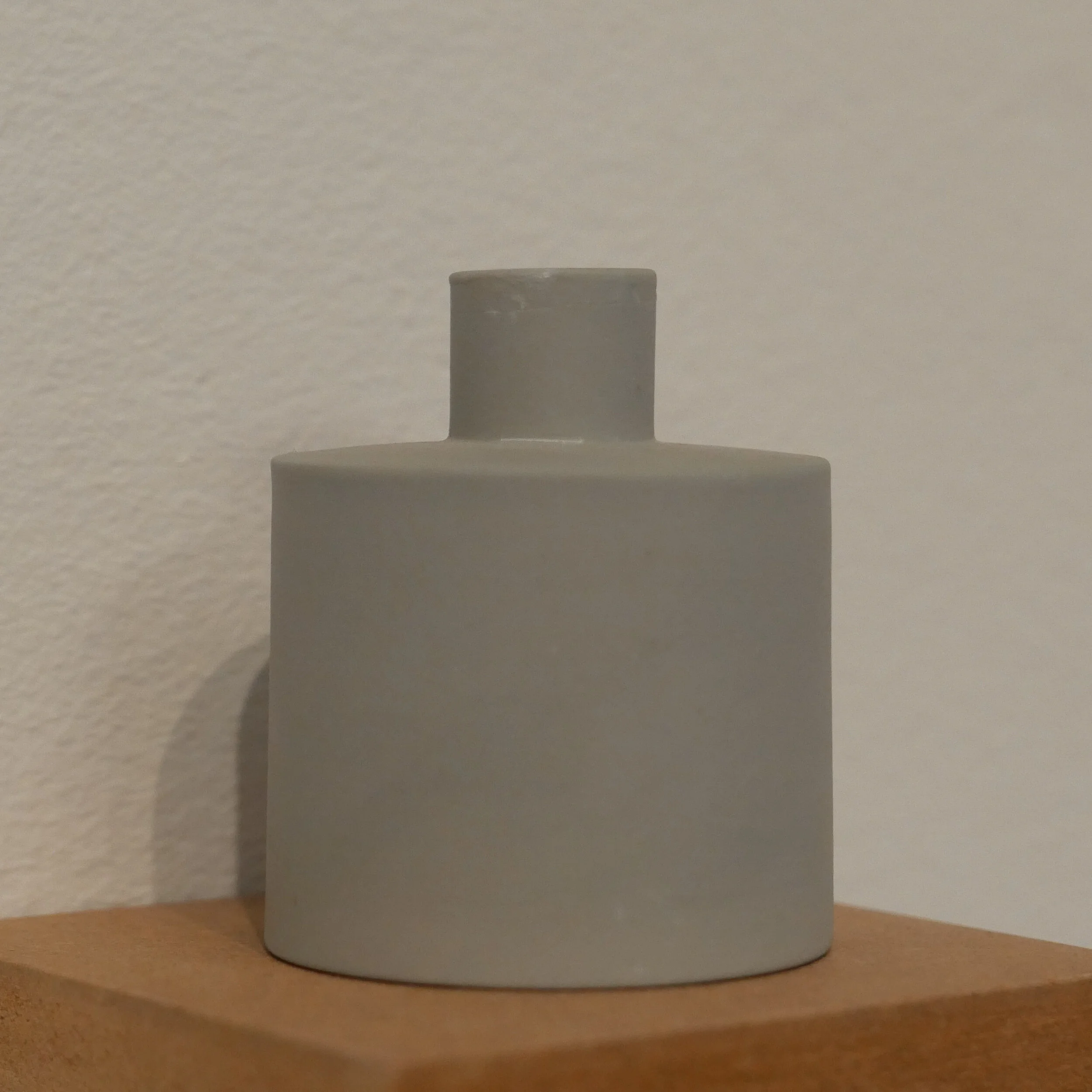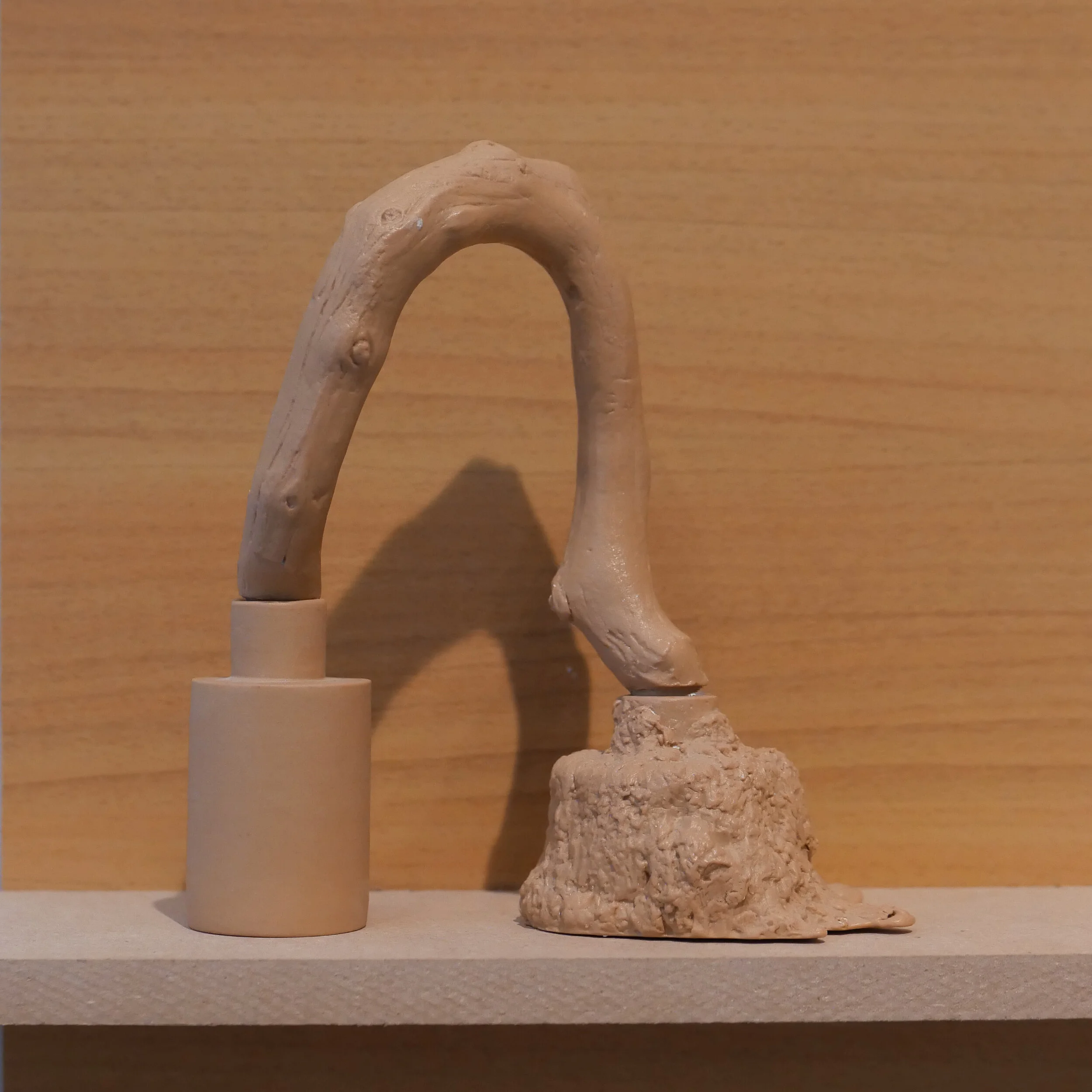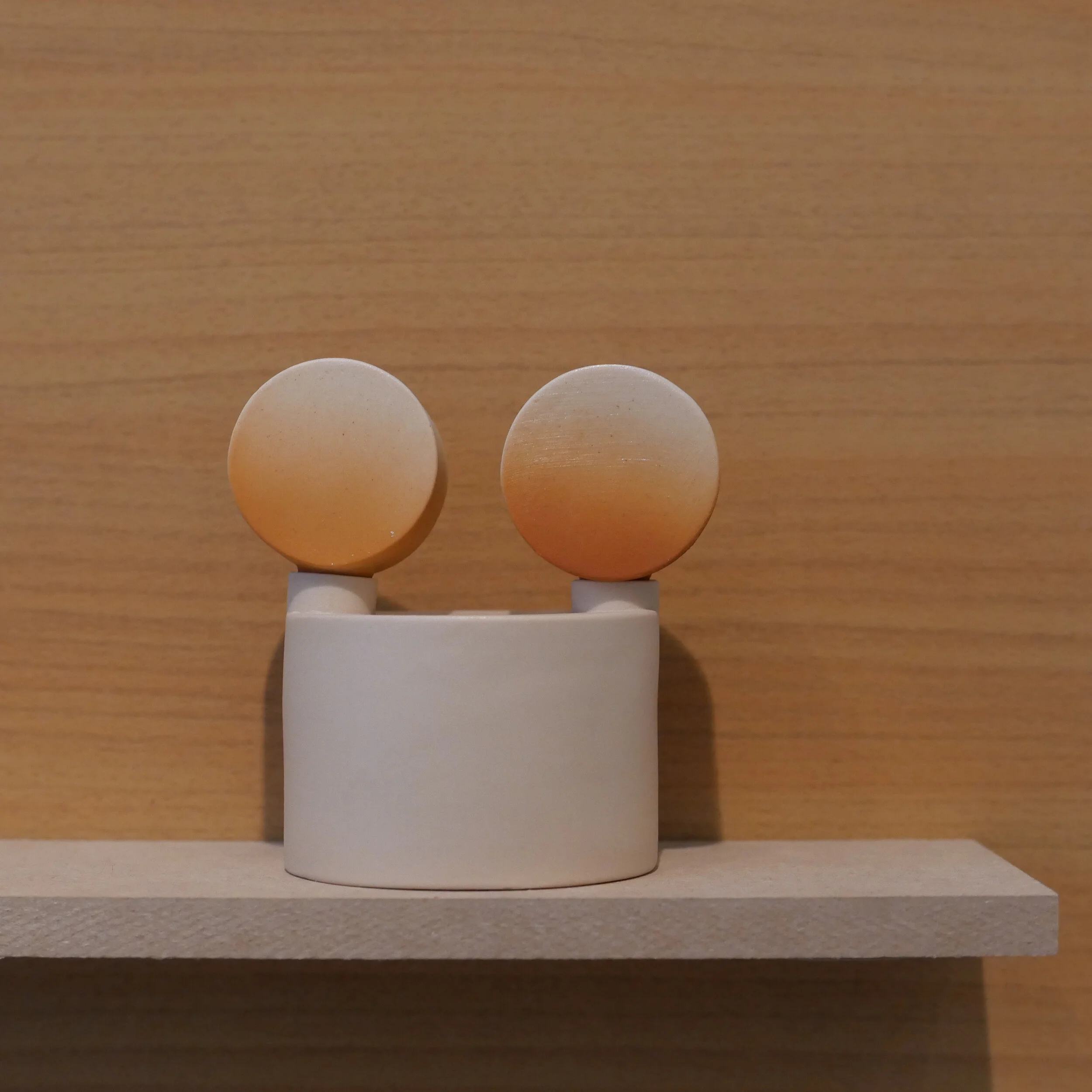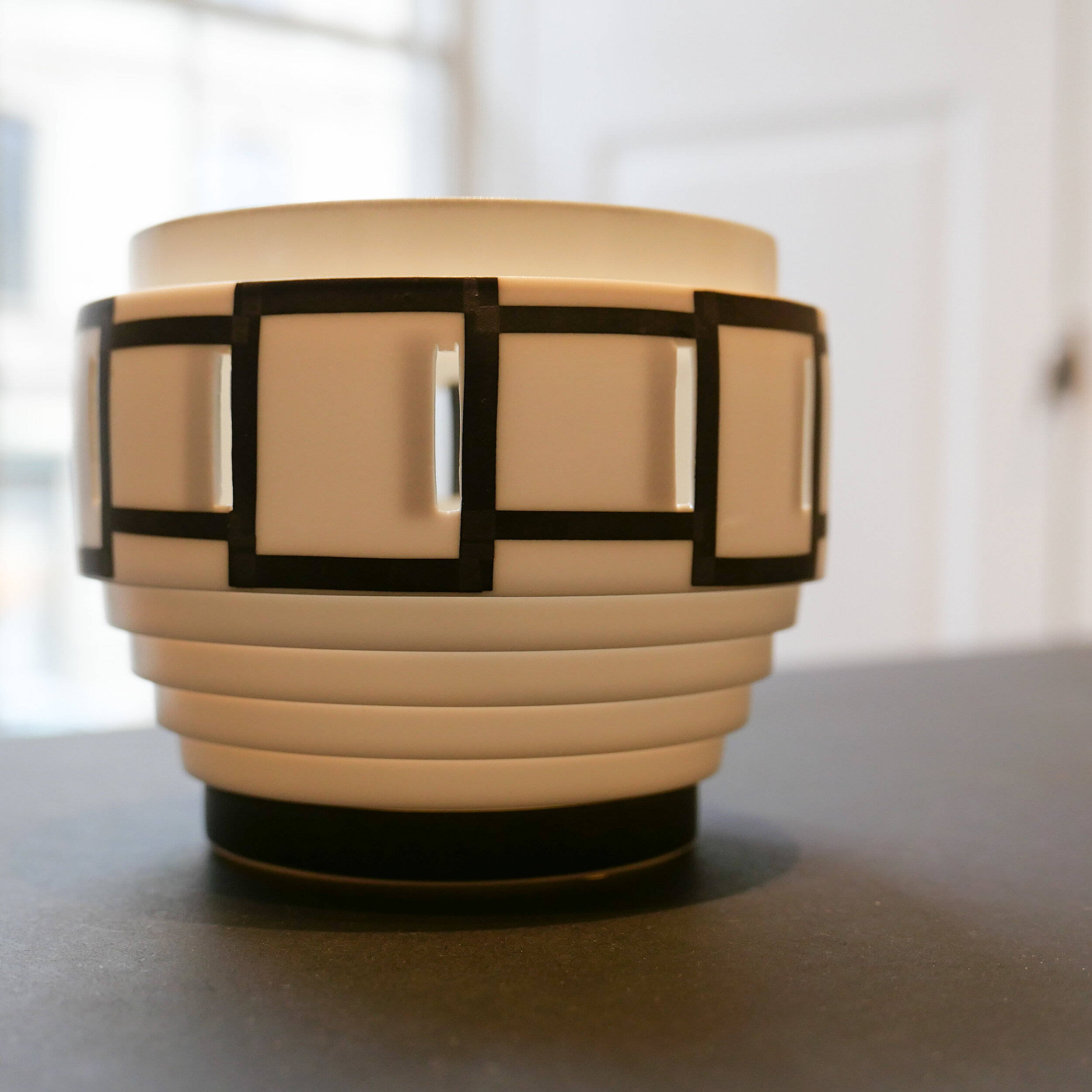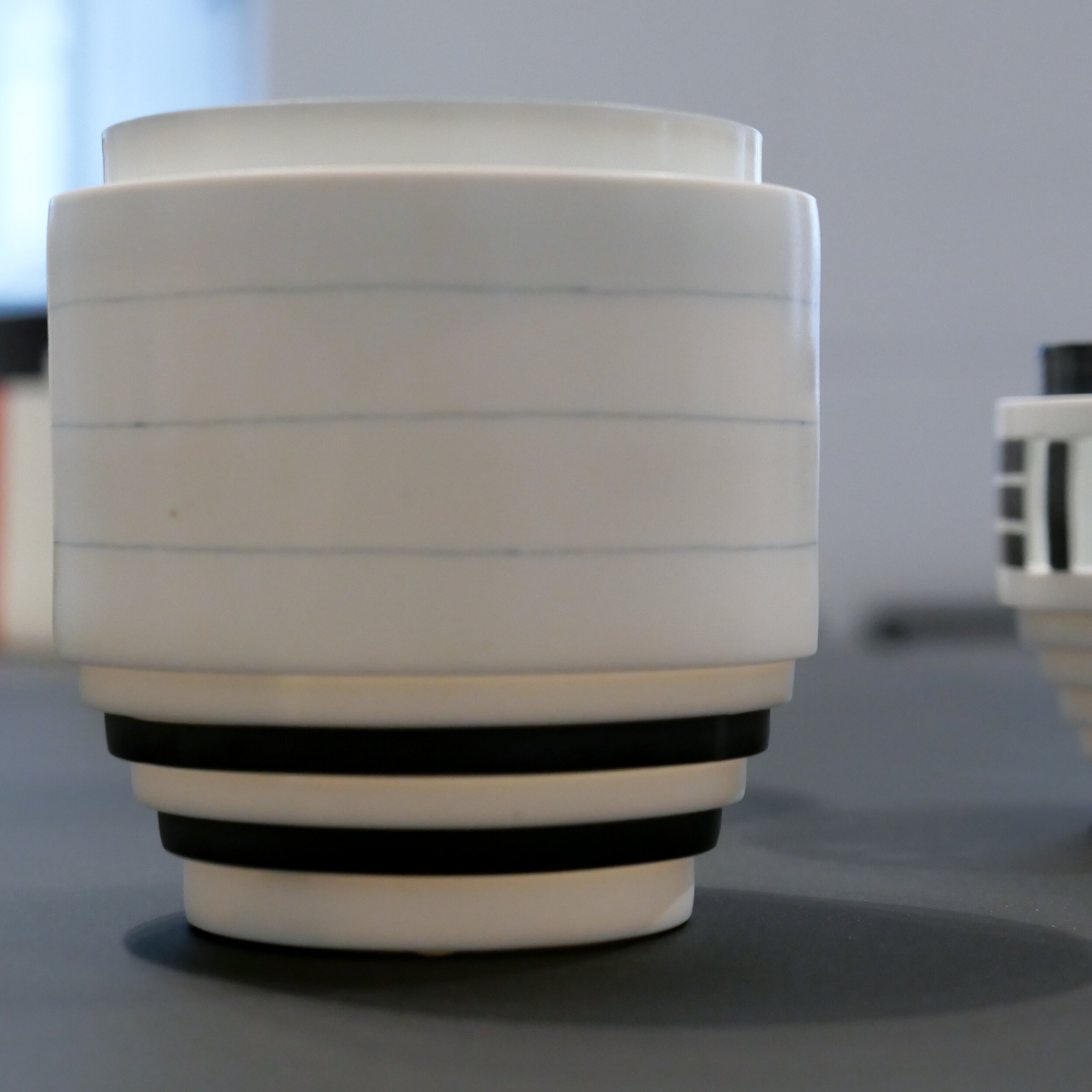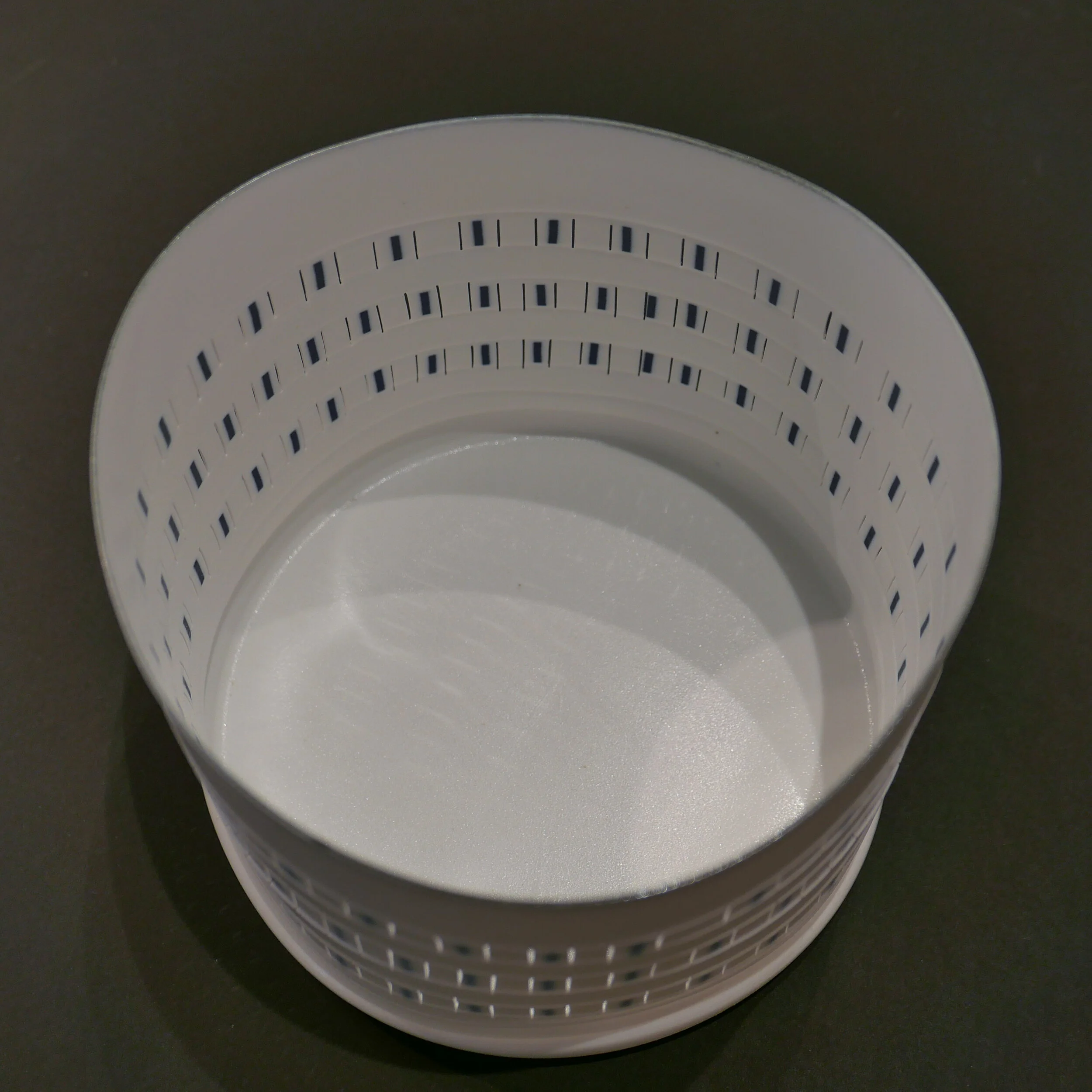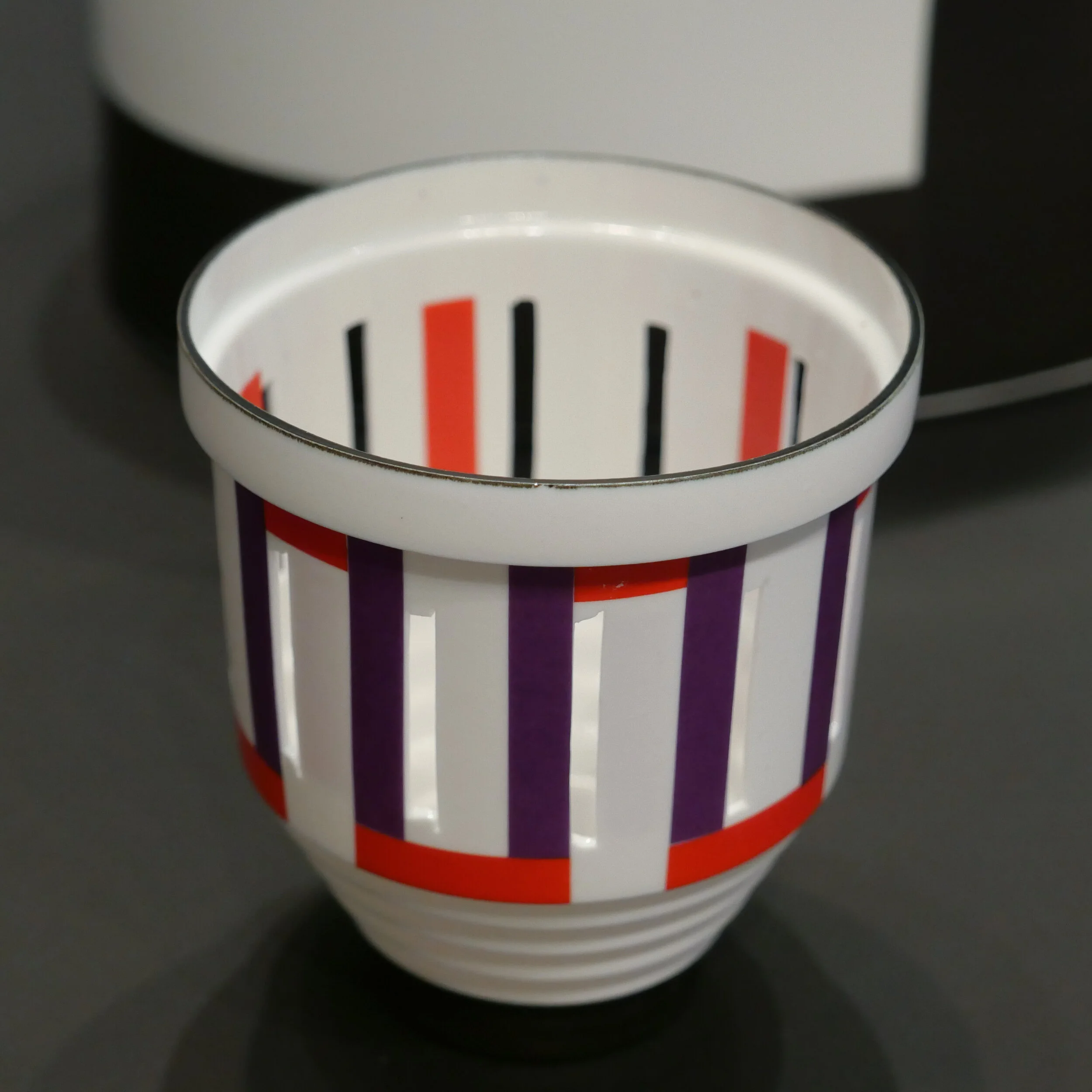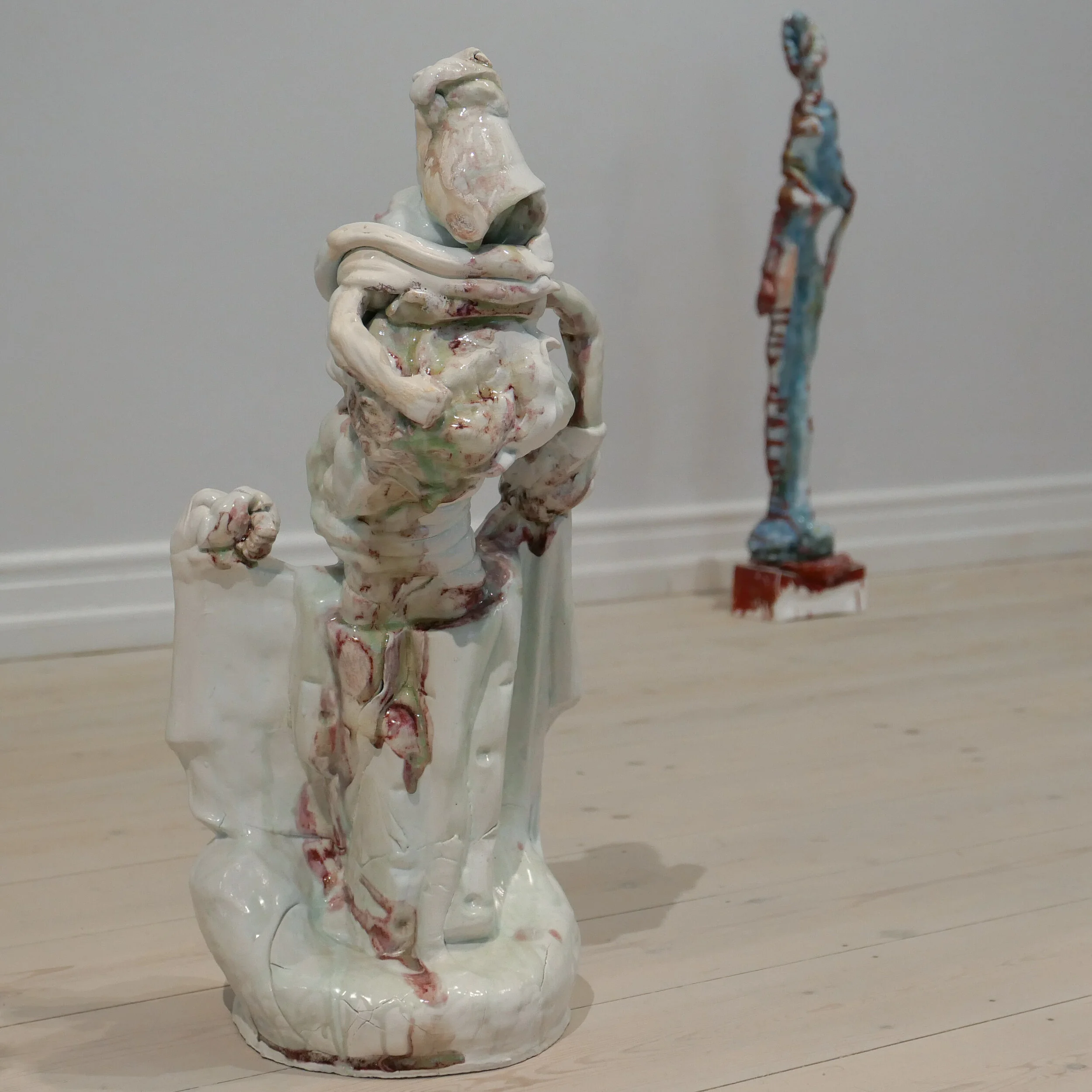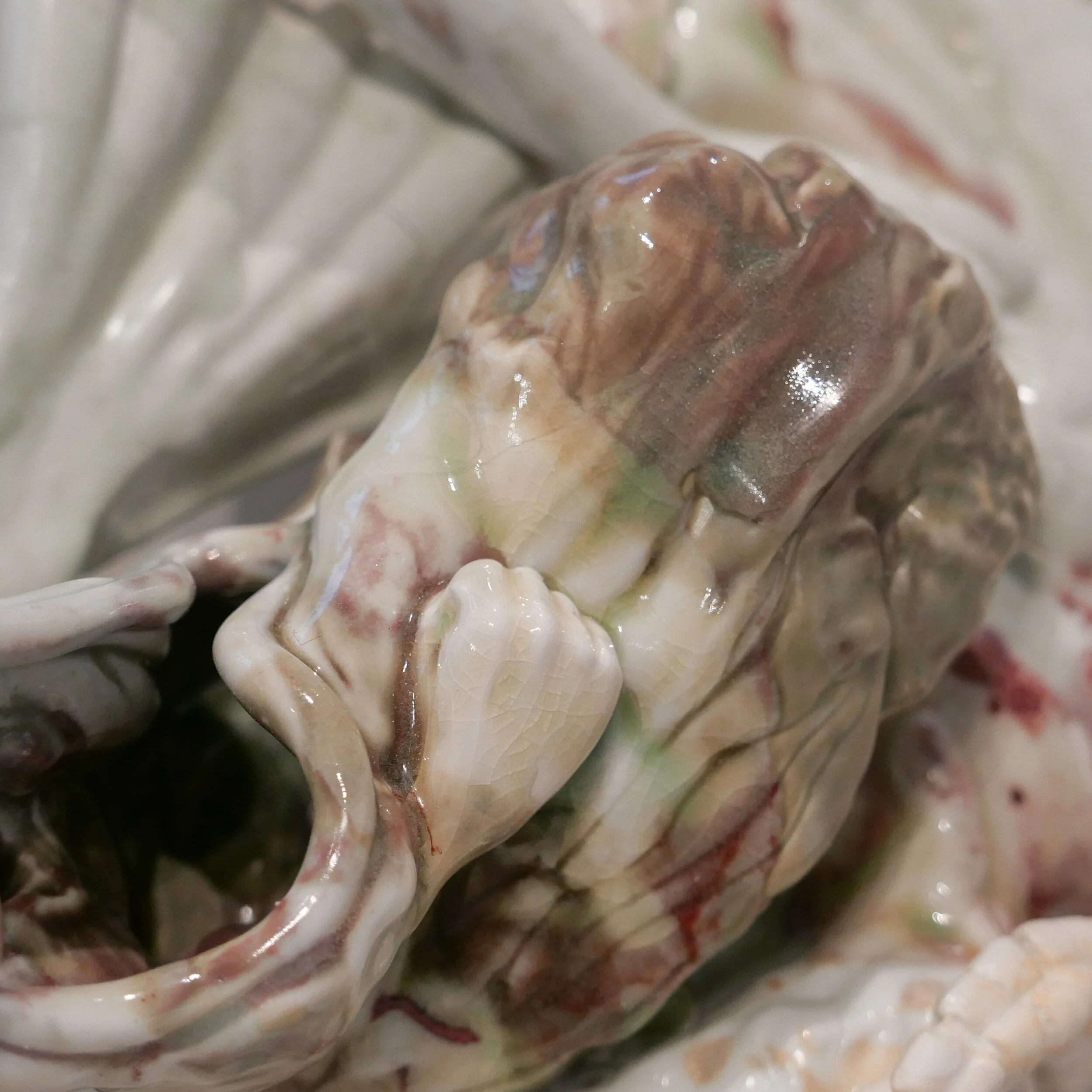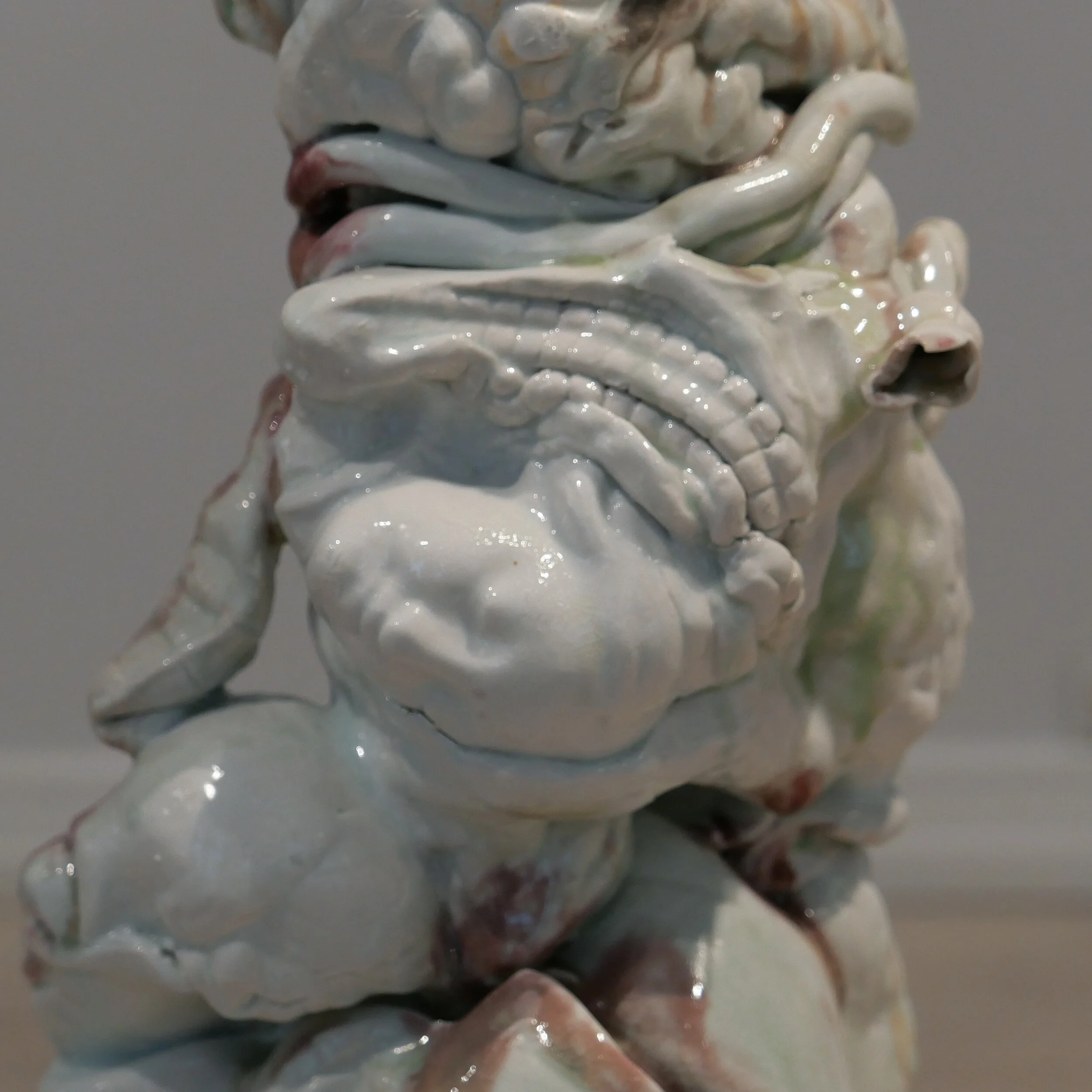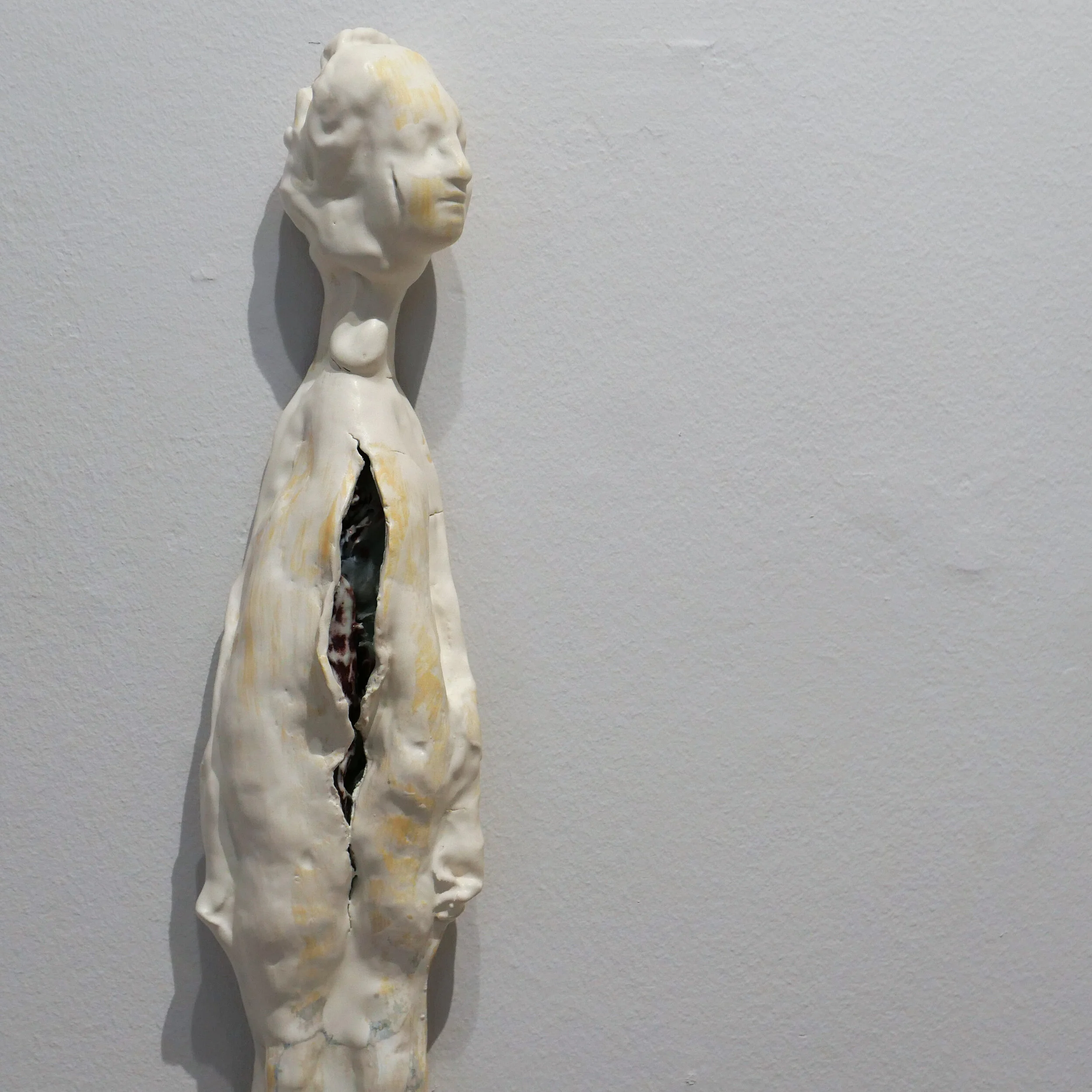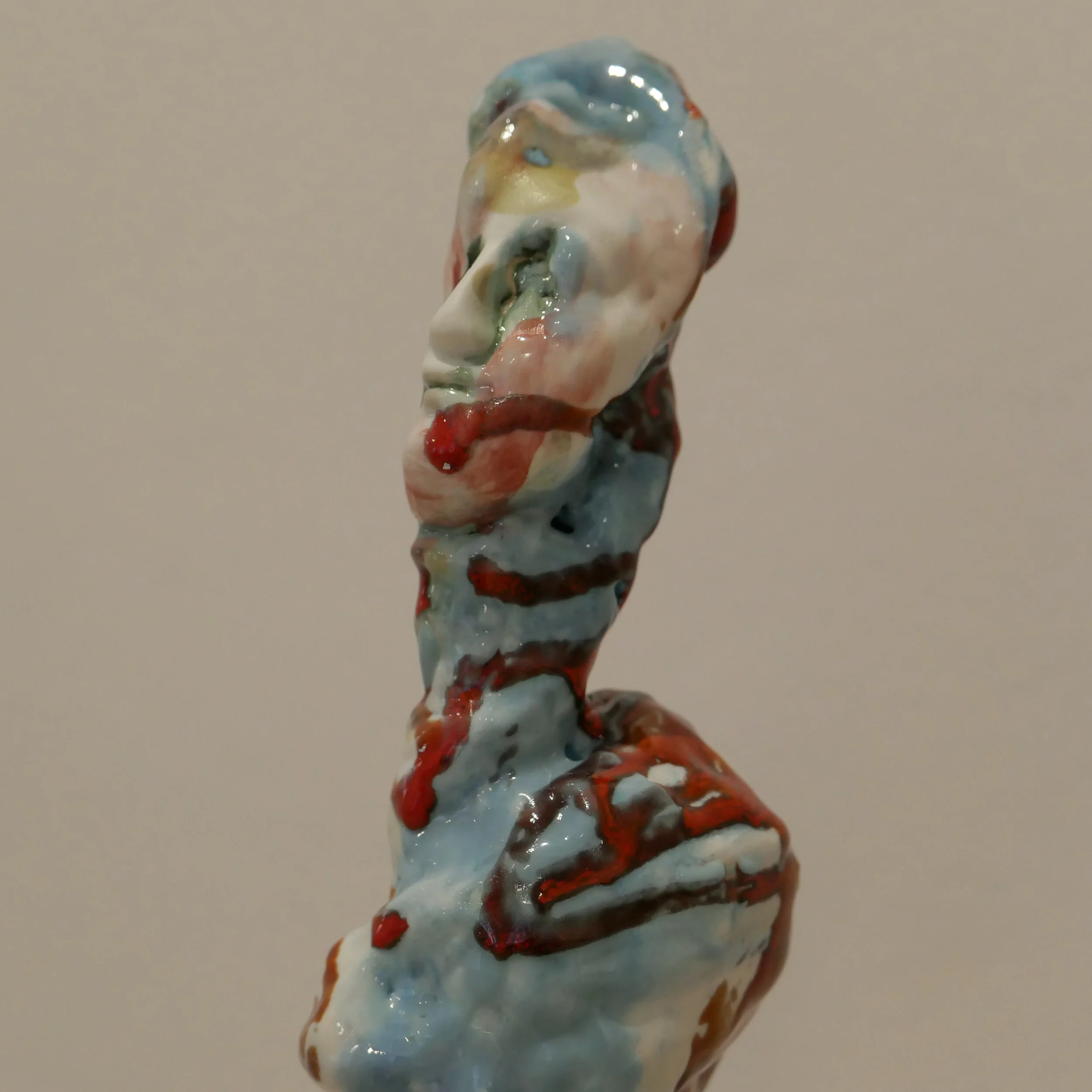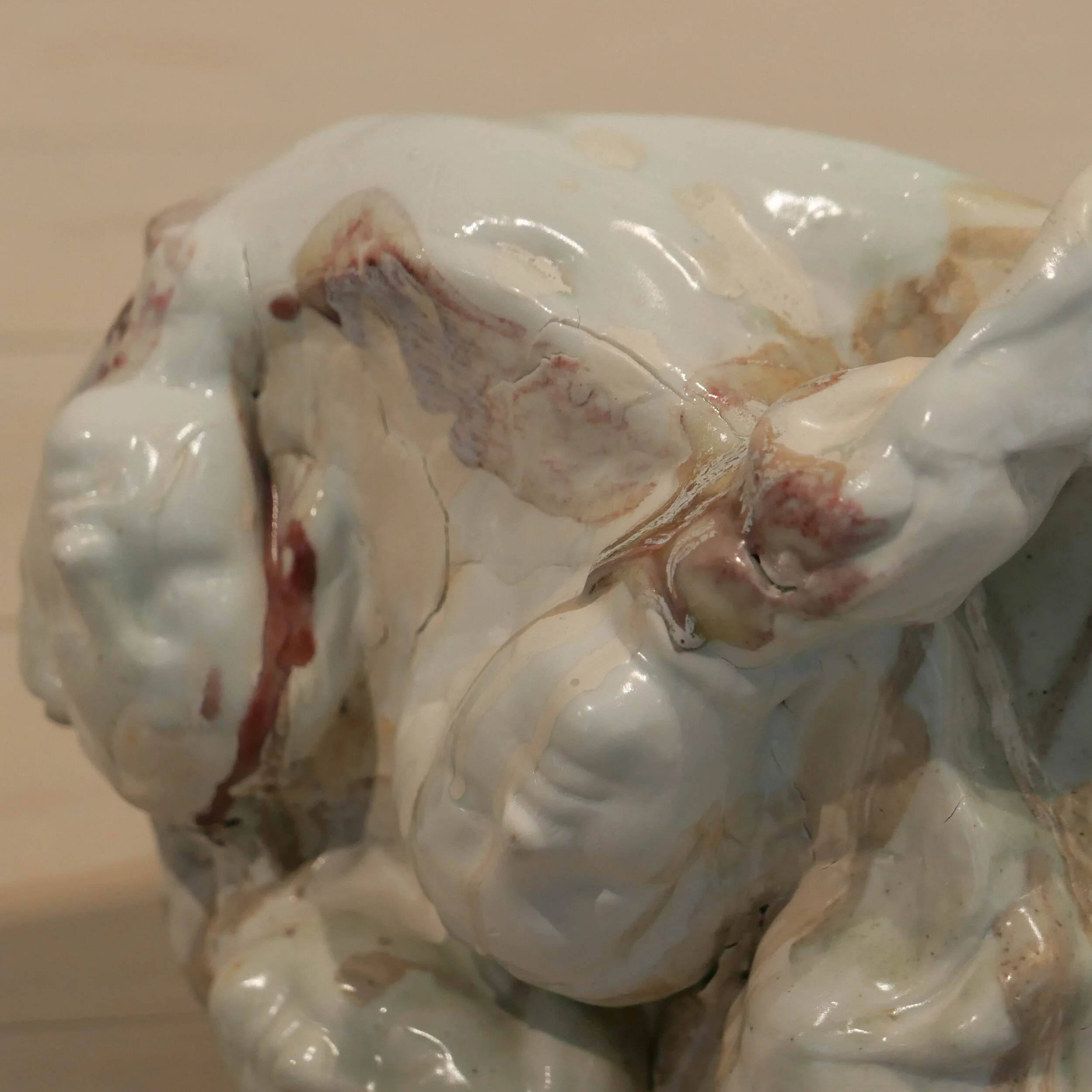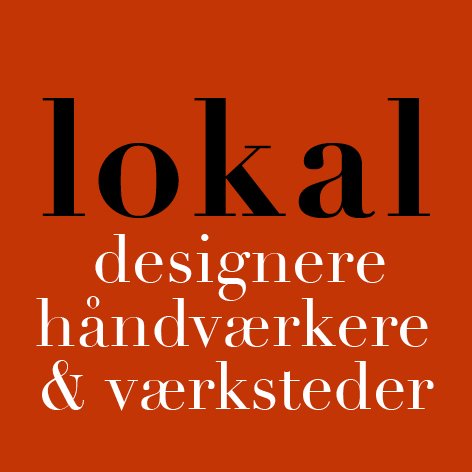PORCELAIN PLUS + Göransson + Manz + Nordli
/The exhibition Porcelain Plus, at Officinet - the gallery of Danske Kunsthåndværkere og Designere - the Association of Craft and Design -in Bredgade - has been curated by Bettina Køppe of the gallery Køppe Contemporary Objects in Nexø on Bornholm.
Here are shown works by three major Scandinavian ceramic artists with all three working in porcelain and all three artists use slip pouring or casting.
All three show how their works have evolved as they explore specific ideas or a number of themes but also, through the development of their skills and their specific techniques, they explore the qualities of their chosen material to discover what is possible and what is not possible as they exploit what is essential about the qualities of porcelain.
But here, with the current works of the three artists, their pieces could hardly be more different.
Porcelain Plus at Officinet -
the gallery of Danske Kunsthåndværkere og Designere
in Bredgade in Copenhagen -
opened on 7 February 2020 and continues until 29 February.
Officinet, Danske Kunsthåndvækere & Designere
Køppe Contemporary Objects
Mia Göransson, a ceramicist from Sweden, has produced what is, in effect, a wide catalogue of moulded shapes in porcelain that are then combined to produce a tableau - a still life on a plinth or on a shelf.
Generally, these shapes are simple so there is a strong sense of bold uncluttered forms but this is relieved by curls or rolls or twists of porcelain that exploit just how the clay can be taken down to a thinness that is almost impossibly delicate.
Primarily, the colour palette is strong pastels with a perfect matt finish but the works explore colour changes because some elements of the piece have surface texture or, simply, colour changes in the shadows or on different faces of the same piece.
In contrast, some works include a piece of what appears to be the almost raw clay as it is “knocked down” to remove air bubbles and then cut with a wire to ensure that the smooth fine texture is consistent through the material before working with it. Through this devise Mia Göransson gives the tableau a sense of time and an acknowledgement to the raw material and her method of working with the clay.
Works by Bodil Manz have a different starting point because they look to the sharply-defined and strong colours and geometric but primarily graphic patterns of modernist art and to the Bauhaus in design but combine that with the technical skills and the sensibility of Japanese porcelain.
Some of the forms have a simple elegance - a basic cylinder that relies on perfect proportions while others have a finely stepped base that exploits shadow to give the smaller pieces a sense of drama.
Many of the almost impossibly thin vessels are perforated and have fine linear patterns on the outer face and some have fine blocks of colour applied by transfer to the inside so that colour appears almost as shadows through the translucent body of the piece. Many have a thin line of dark colour around the rim and again this emphasises the three-dimensional volume and defines the boundary between inside and outside so each piece should be seen in profile to explore the silhouette and the proportions but also has to be seen from above and as you move around the work and see it from different angles.
The starting point might be a sense of the order of geometry but ultimately these works are not about the perfect shape or the perfect mechanical form but accept and explore how the thin clay can twist in the firing or the piece might have a slight irregularity and that gives these pieces a very humane sense of controlled fallibility.
The Norwegian artist Irene Nordli produces porcelain sculptures that are dramatic and organic and with a Rococo sense of fantasy that echoes the forms of classic porcelain figurines of the 18th century but with a darker sense of fantasy. Three of the larger works are entitled Dissolved Figure and the title of another translates as Heart that is not Ethical.
In these works, it is the complexity of the pieces and control over the potential problems from the high firing temperature that marks the skill and the experience of the artist.
These works have a strong, thick glaze with thin washes or streaks of soft colour - from the Japanese, Korean and Chinese celadon tradition - and that contribute to the sense of mystery. In the 18th century, delicate porcelain figures were often supported by a tree stump or foliage - bocage - but here the bodies are fragmented and faces appear as if they are emerging from water with parts of bodies that twist and then the impression dissolves as you move around to look from another view point.
note:
Porcelain is made from a fine and consistent clay that can include kaolin. The work is fired at a very high temperature and through vitrification the process usually produces a hard and translucent body that is white or can have a distinct grey or blue tinge that is highly prized. After the first firing in the kiln, works in porcelain can then be glazed or painted with underglaze decoration and given a second or even a third firing at a lower temperature.

